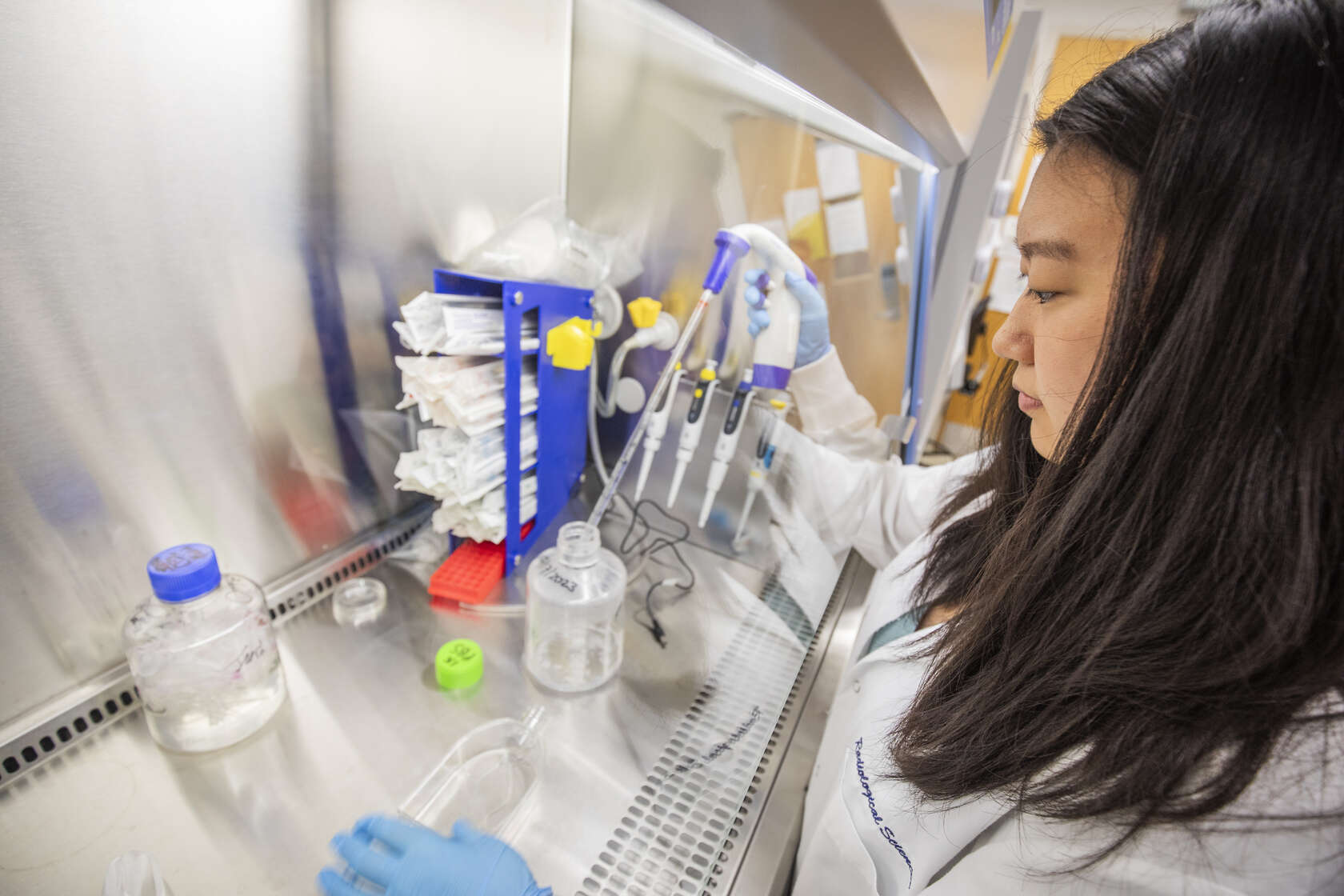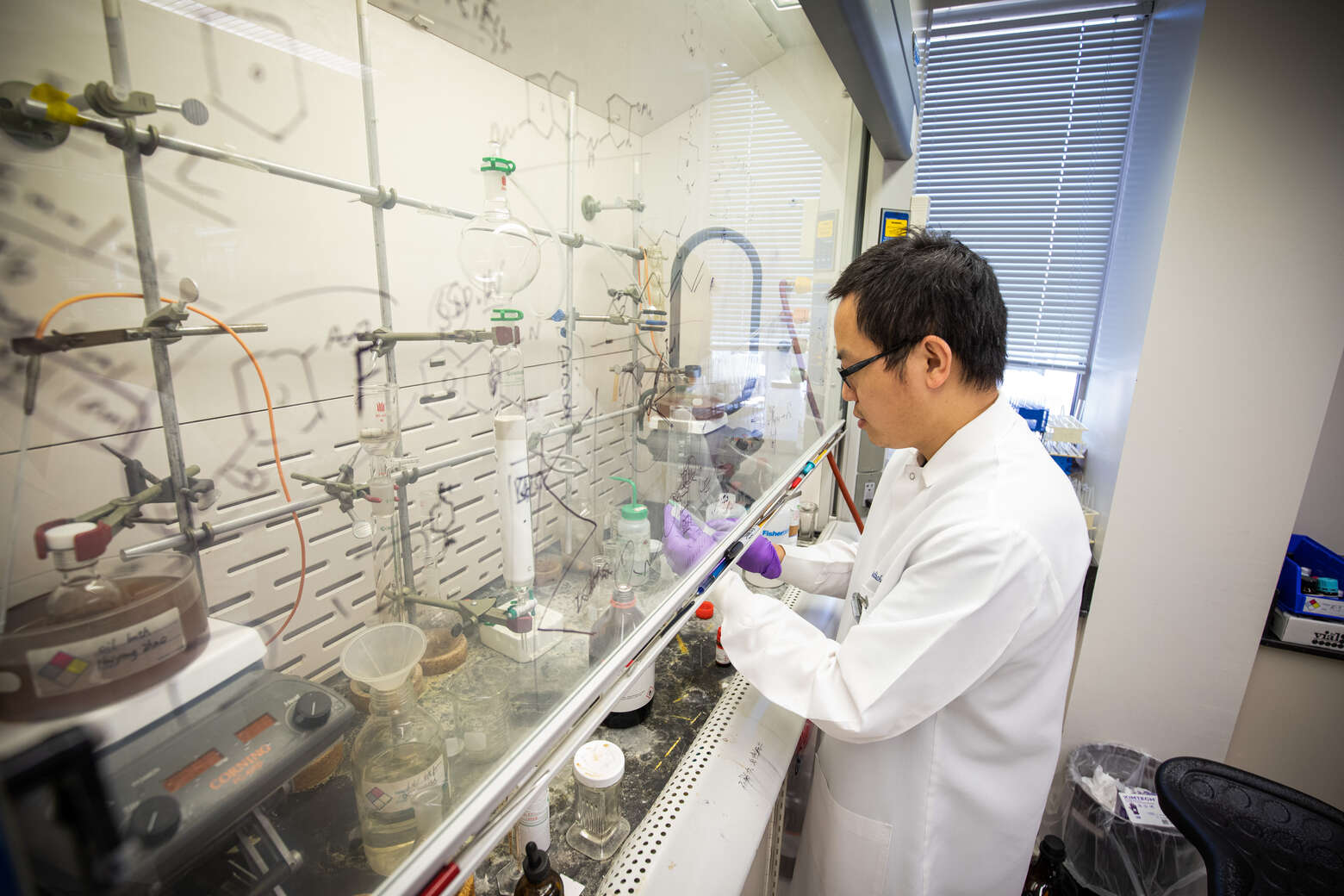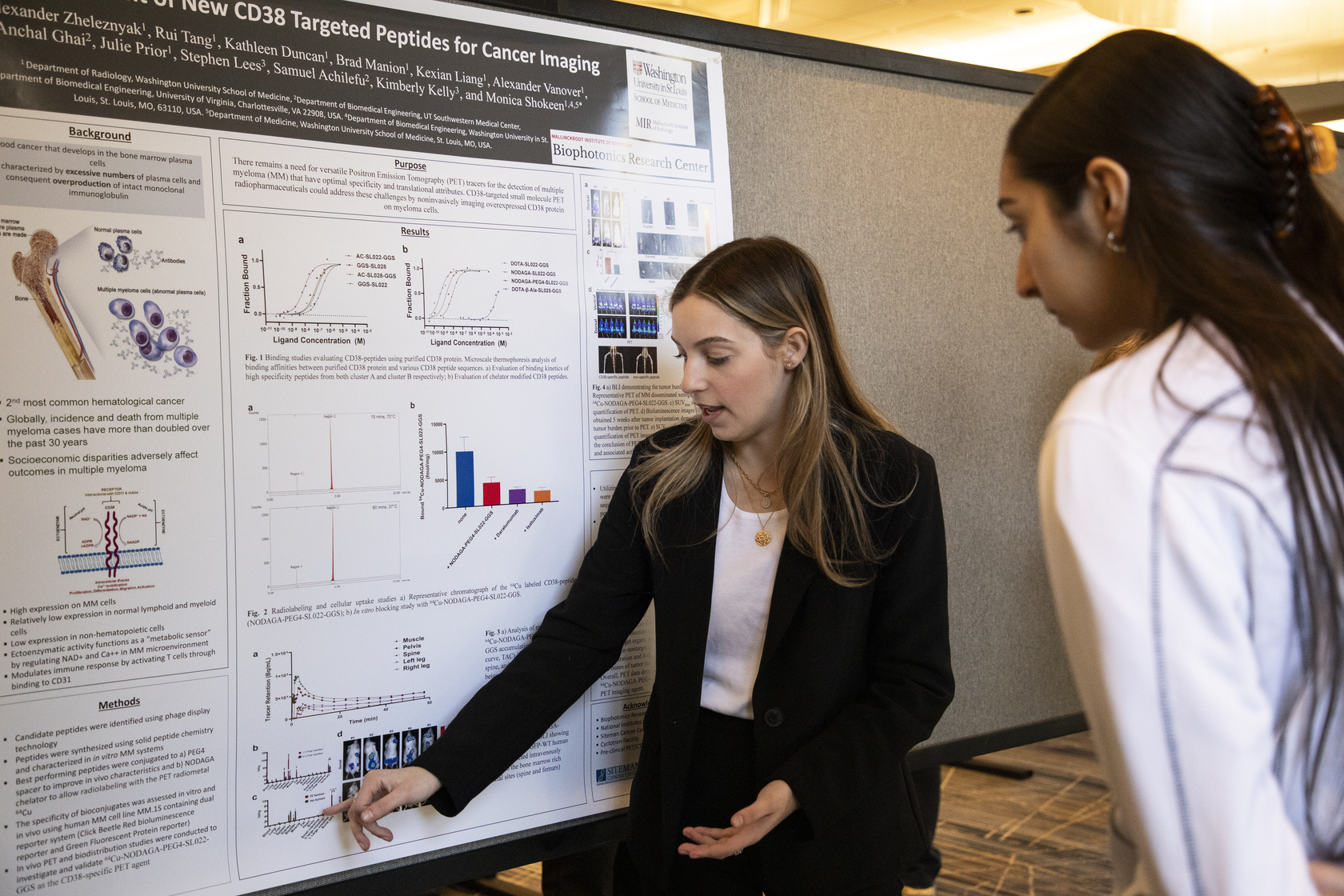A New Imaging Approach for the Human Heart

Kory Lavine, MD, and Yongjian Liu, PhD
Inflammation is a key contributor to adverse outcomes across the spectrum of heart diseases, including myocardial infarction, or heart attack. Until recently, researchers had limited information about the exact immune cell types that caused conditions such as myocardial inflammation and heart failure progression. A new study from researchers at Washington University School of Medicine explored how a new molecular imaging approach could advance human cardiac imaging by providing a way to noninvasively visualize these cell types.
The research, published in Nature Cardiovascular Research, details a positron emission tomography (PET) radiotracer used to monitor and quantify immune cell trafficking in the human heart after myocardial infarction — a currently unaddressed clinical challenge.
Senior authors Kory J. Lavine, MD, PhD, associate professor of medicine, and Yongjian Liu, PhD, professor at the university’s Mallinckrodt Institute of Radiology, collaborated with colleagues from the PET Radiotracer Translation and Resource Center (PET-RTRC) and Immuno-Fib HF Network to develop the PET imaging method. The PET-RTRC, funded by the National Institute of Biomedical Imaging and Bioengineering, is a U.S. innovation hub for the development of novel PET radiotracers, and Immuno-Fib HF is a Leducq Foundation-funded program that conducts basic and translational research to advance diagnostics and therapeutics for myocardial injury.
The noninvasive imaging technology developed by the research team “could not only identify individuals best suited for immunomodulatory therapies, but also assess treatment outcomes for better patient management,” concluded the authors, pointing to the potential value for enriching clinical trials and providing precision medicine as the technology is developed further. Future studies will focus on the expansion of the patient population and evaluate prognostic implications of the imaging on cardiac remodeling, function and clinical outcomes.
Read more in Nature Cardiovascular Research.





